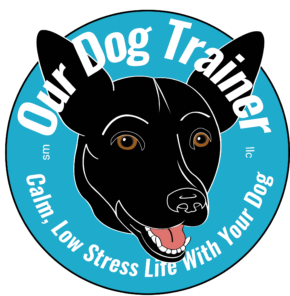Heatstroke (Hyperthermia)
Heatstroke (Hyperthermia) can be a common occurrence during the warmer months of the year. In warm conditions dogs are more prone to over-heating than humans. Dogs do not sweat like humans but instead pant. Excessive panting can cause a dog to become dehydrated. Other contributing factors that lead to heatstroke are: obesity, advanced age, youth (puppies), and poor ventilation or lack of air circulation. Owners of breeds with short noses such as Boxers, Bulldogs, Pekinese, etc. should be especially cautious.
Heatstroke is associated with elevation in body temperature. Dogs who have been afflicted with heatstroke are unable to regulate their body temperature. Cell damage usually begins to occur at body temperatures over 106 degrees F (Fahrenheit).
If untreated, severe heatstroke results in kidney, liver, and/or heart failure. Dogs that are treated after a significant delay may survive but could be left with permanent effects, such as blood clotting disorders, metabolic abnormalities, muscle damage, and/or brain dysfunction.
Symptoms of Heatstroke (some or all may be present):
Panting
Weakness or collapse
Elevated temperature—from 105-110 degrees F (normal is 101-102 degrees F)
Vomiting, diarrhea and / or lack of urine production
Seizures
Fast pounding pulse
Blank or starring expression
Heat Exhaustion
Heat exhaustion can occur during or after exercise, particularly on hot or humid days. Heat exhaustion may not be associated with an elevation in body temperature.
Symptoms of Heat Exhaustion:
Collapse or fainting
Mentally dazed
Vomiting
Muscle cramps (seizure-like tremors)
Abnormally rapid heartbeat and rapid breathing
Muscle weakness
